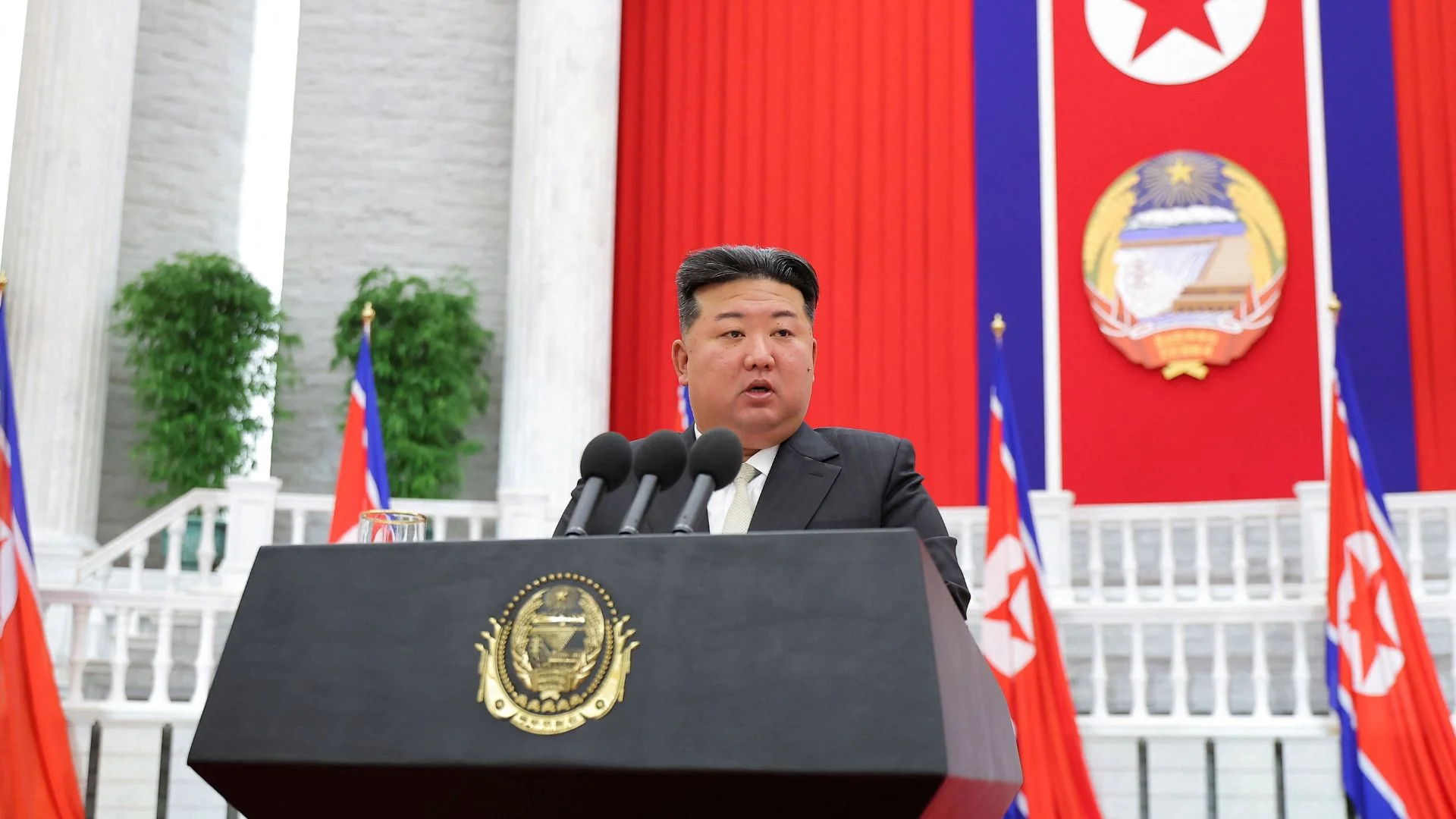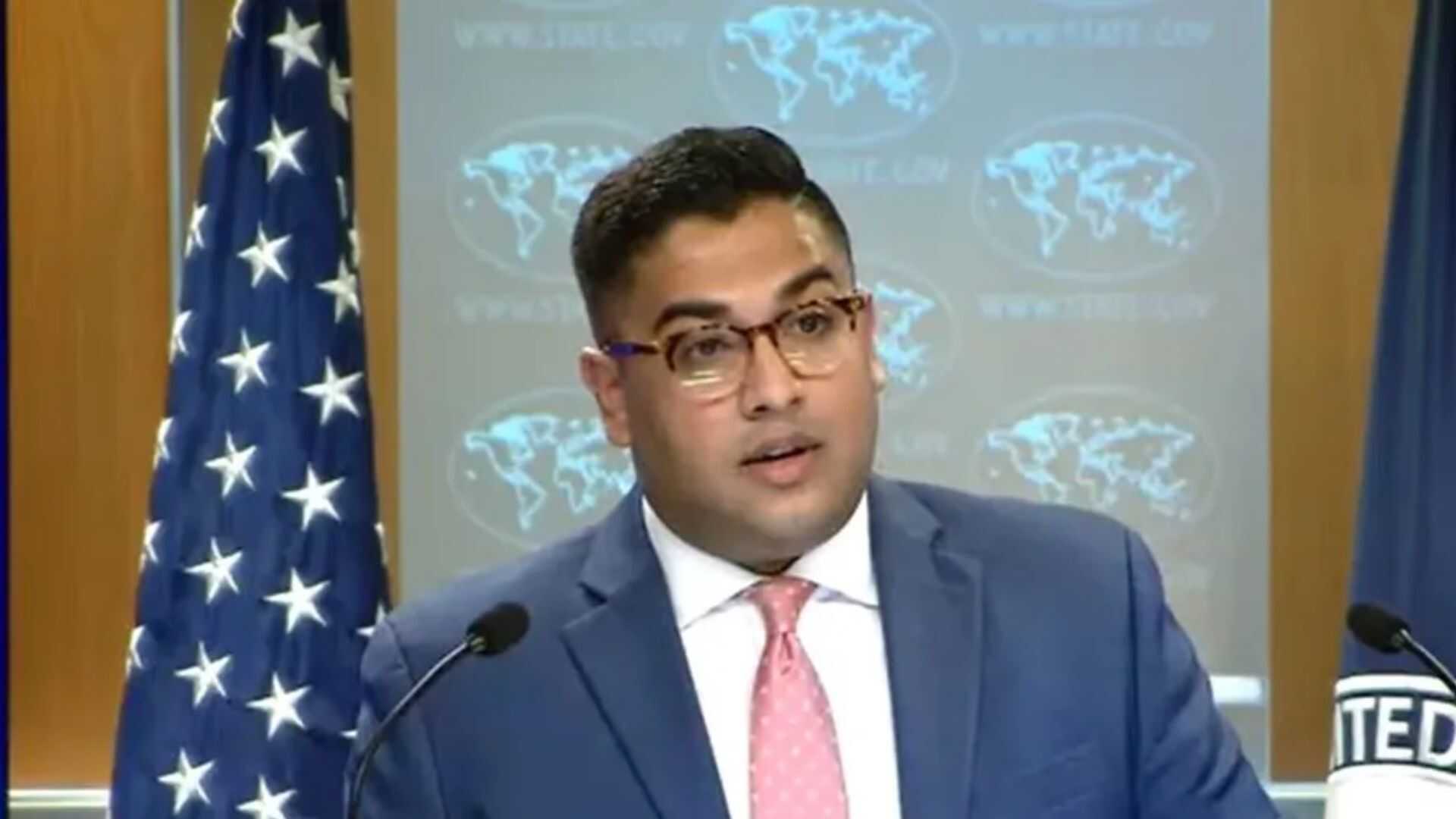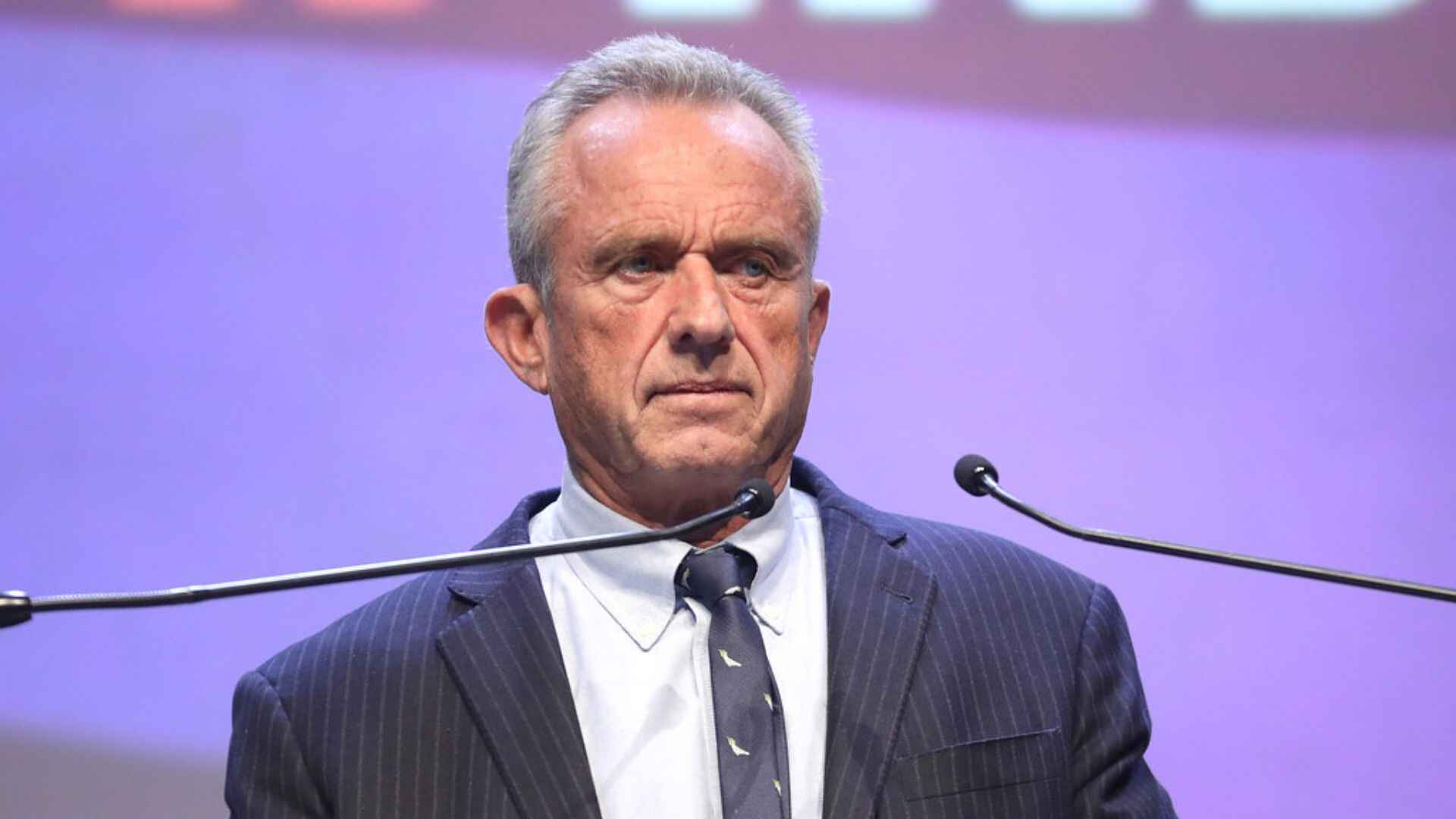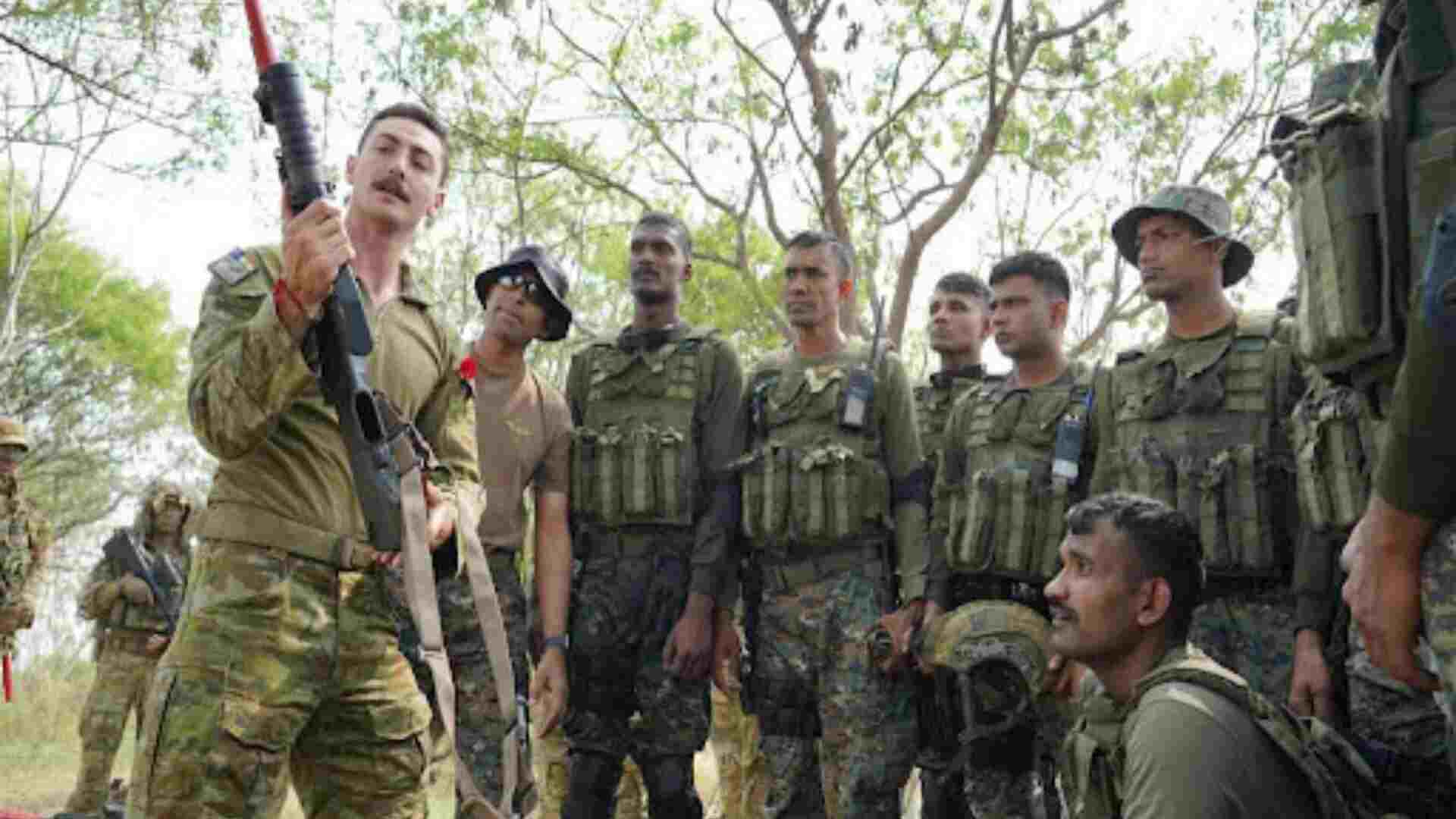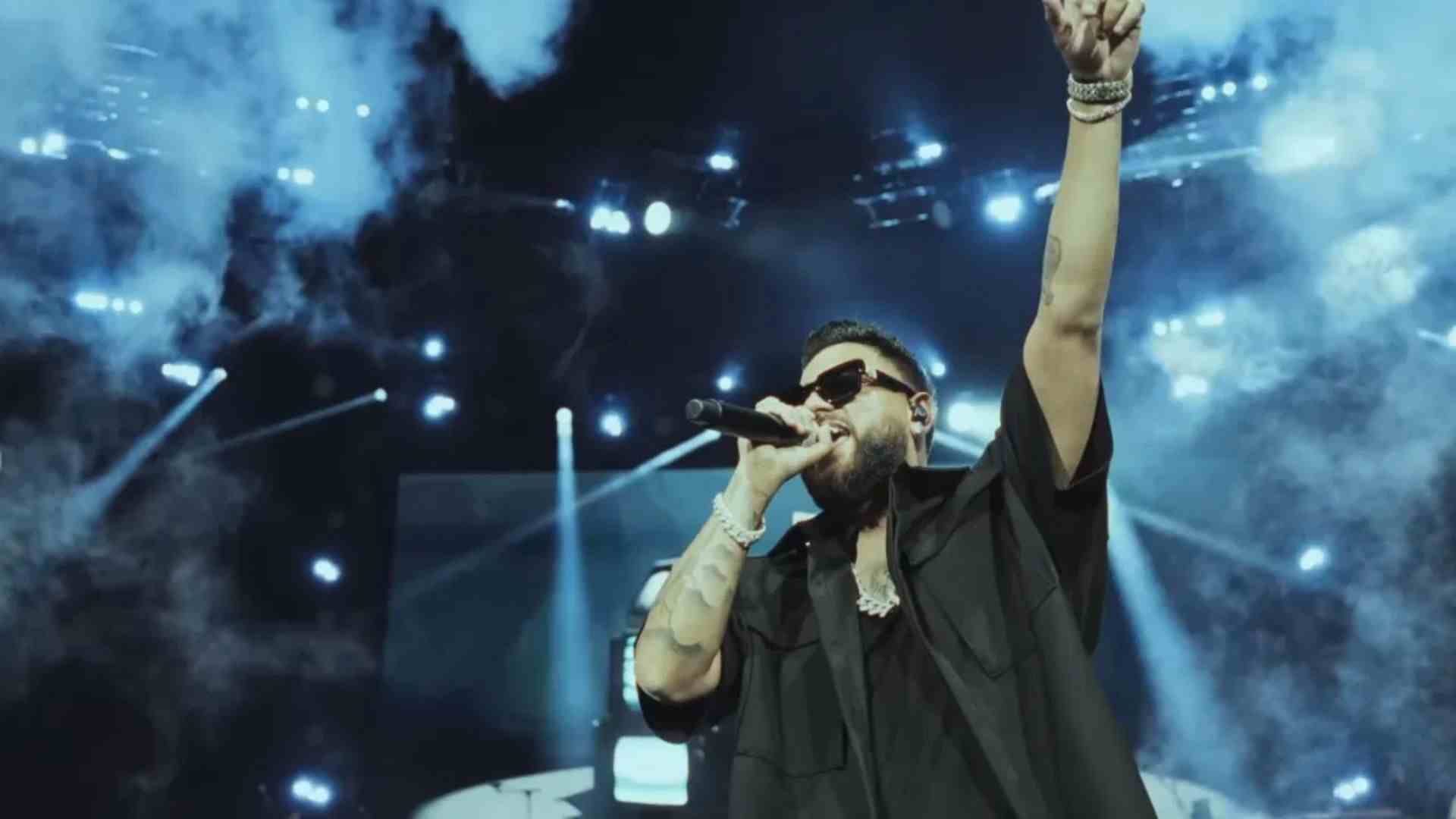
The world is readjusting itself with Covid-19. We are slowly moving towards finally accepting what might be the “new normal”. The pandemic has made nations reflect on their failings as providers to the people and also made us re- evaluate the concept of welfare state.
Jurisprudentially, the concept of state has undergone several changes and dilemmas to reach the point where we are today. There has always been an imbalance between state’s interests and individual interests. The pandemic also added to this imbalance and it was seen in the way different nations adopted different approaches to deal with the pandemic.
One of the most affected sectors globally has been the education sector. The United Nations Report titled “Education during Covid-19 and beyond” published in August 2020, states that the pandemic affected 1.6 billion learners in more than 190 countries. Closing of schools has affected 94% of the world student population and 99% world student population from the lower and middle income groups.
The statistics are not only alarming but also throw light on the state of education in various countries, the failure to provide for better access to education which also is a Constitutional mandate in most of the countries across the world. With education being affected, the report also suggested that most of the youth population might drop out from schools next year due to the economic crisis this pandemic has brought along.
Given the dire situation of online education most of the countries opted for a physical reopening of educational institutions in a phased manner by ensuring all the protective measures in place.
INDIAN SCENARIO
Schools in India were shut since mid March and only some of them could go online. Given the lack of technology penetration at grassroots level online schooling was not a viable option for everyone.
The Ministry of Human Affairs issued detailed guidelines for reopening of schools from 15th October. However, the States were given the discretion depending upon the Covid-19 situation in the given state. One of the highlights of the guidelines was that the students cannot be forced to attend school. The parents will also have to give a written consent for the child attending the school which is mandatory.Various states have given a green signal for the schools to be reopened and many plan to do so.
Andhra Pradesh is one of the states which allowed for physical reopening of schools, this led to a spike in Covid cases. 575 Students and 829 teachers were infected. However the authorities are not keen on shutting the schools because the cases are really low in terms of the student population who are attending schools. The Government states that online education has really affected the students who are not economically well off to afford technology which is why it is important to keep the schools running.
However, should this approach towards students and teachers being affected by Covid be encouraged?
Access to Education as a Constitutional mandate:
The Constitution of India has guaranteed fundamental rights to its citizens, right to education is one of them.Shutting of schools has severely affected access to education. As per UNESCO report, 14 Crore students from the primary and 13 crore students from the secondary sector have been affected. Various governments have taken initiatives to boost education in the country. With the formal recognition of education as a fundamental right in the Constitution it was important to make it available especially during the pandemic.
The Government of India launched various initiatives like the SHAGUN online junction which comprises DIKSHA platform, e-pathshala and National Repository of Open Educational Resources (NROER). The role of these platforms is to give access to various audios, textbooks and other educational content for students free of cost.
SWAYAM is another program for students of 9th to 12th standard with study materials for graduate level entry preparations. This is in collaboration with various regulators like University Grants Commission, NCERT, AICTE, National Programme on Technology Enhanced Learning (NPTEL) and many others. Apart from giving access to online portals, the government has also taken initiatives to reach the students via television with the launch of Swayam Prabha, which is a collection of 32 educational DTH channels for students.
This pandemic has pushed the education system to go digital however, India doesn’t seem quite ready for the same. According to a survey only 25% of urban households and 15% of rural households have access to the Internet, which has highly affected the access to education during this pandemic. Various schools and universities across the country aren’t equipped enough to go digital. This pandemic has shed light on our improper execution of various schemes and laws that have made us rethink where we stand on providing access to education.
Is reopening the solution to the problem of access to education?
Keeping the above mentioned points in mind, physical reopening of schools will create a better access to education than any other mode. However, the current situation is proving to be fatal from both ends. Reopening has led to a surge in cases with students affected and few of the teachers having lost their lives to the virus. Still various states have made a decision to reopen the schools in the near future by ensuring all the safety protocols are followed.
However, since the guidelines give a discretion to attend offline schools, it has also affected the access to education as health remains an equally legitimate concern. Two of the important rights of the Constitution are at crossroads during this pandemic. Whereas access and right to education is affected, the right to health has become a primary concern for many.
In a survey conducted by Local Circles it was found that 71% parents will not send their kids to school even if they reopen, 20% parents were willing to do so and the remaining percentage of parents remained undecided on the matter. The state Governments are also consulting parents and parent associations before reopening of schools and majority of them believe it is not a good plan to reopen. Teacher’s associations across the country have also had a similar stance on the situation. And the results in Andhra Pradesh only add to the pre existing anxiety and notions of surge in cases after reopening of schools.
INTERNATIONAL SCENARIO
Europe has emerged as an epicenter for the second wave of mutant coronavirus. However, schools have still remained open in some of the European countries despite the second wave.
Denmark was one of the first countries to reopen its schools. The reopening of schools took place in phases with all social distancing norms in place. The schools also gave an option to high risk reachers time teach classes using the online platform hence reducing contact. This model works well for Denmark because the population is optimum. In comparison, India has the world’s second highest population, we also lack the infrastructural developments like proper hand washing facilities, washrooms in schools and the like.
Taiwan also reopened its schools and colleges. The use of technology aided with masks and social distancing measures and sanitation measures is what has worked for Taiwan. Providing shields, mask holders, online classes for confirmed cases of Covid students, quarantine measures, role of parents in assisting the school authorities by doing temperature checks on their children and maintaining a record are some of the measures Taiwan has implemented.
Various universities like Harvard chose to go online for the academic year, given the diverse influx of students which would make it difficult to control the spread of the virus. The US has also seen a surge in cases after reopening of schools with teen population being most affected.
CONCLUSION
It is really a matter of policy and great implementation whether or not schools should be reopened. In the Indian context, they posit various challenges. The current online scheme isn’t for everyone which is creating a greater disparity between the rich and poor. The pandemic has given impetus to boost our technological developments and also highlighted the key areas in education sector which need to be focused upon. Digital India is the most talked about however, we need to reach to the grassroots level to be a truly digitized nation.
The Constitutional mandate of access to education is at crossroads to the right to health in today’s times. The decision of Andhra Pradesh Government to not shut the schools even after so many reported cases although significantly lesser than the compared statistics of the state isn’t a just one. These students are the future of the country. Mental health concerns should also be considered. Going to schools in a pandemic can create severe mental strains on the developing minds. Again, the discretionary nature of guidelines stands at conflict with the access to education. It also reflects the class struggles, parents who can afford internet would not risk sending their child, however, at the grassroots level parents who can’t do the same have no option but to send their child so that lack of education does not become a barrier later in life.
RECOMMENDATIONS
Need for mental health counselors at schools at every level is extremely important especially during and after the pandemic.
The Government should take initiatives to boost online education at places where there is a lack of access to Internet infrastructure.
A proper policy for online education targeting different sectors of the society needs to be formulated.
NGOs, edutech companies, social activists, bureaucrats, panchayats, gram sabhas should play an active role in assisting the implementation of the policies for education.
If schools are to reopen we also need to develop proper infrastructure and facilities for ensuring minimum risk. Availability of washrooms, soaps, sanitizers, masks needs to be ensured. People from the society, companies, NGOs can collaborate with the Government or with each other to ensure proper supplies to schools especially in underprivileged areas.
